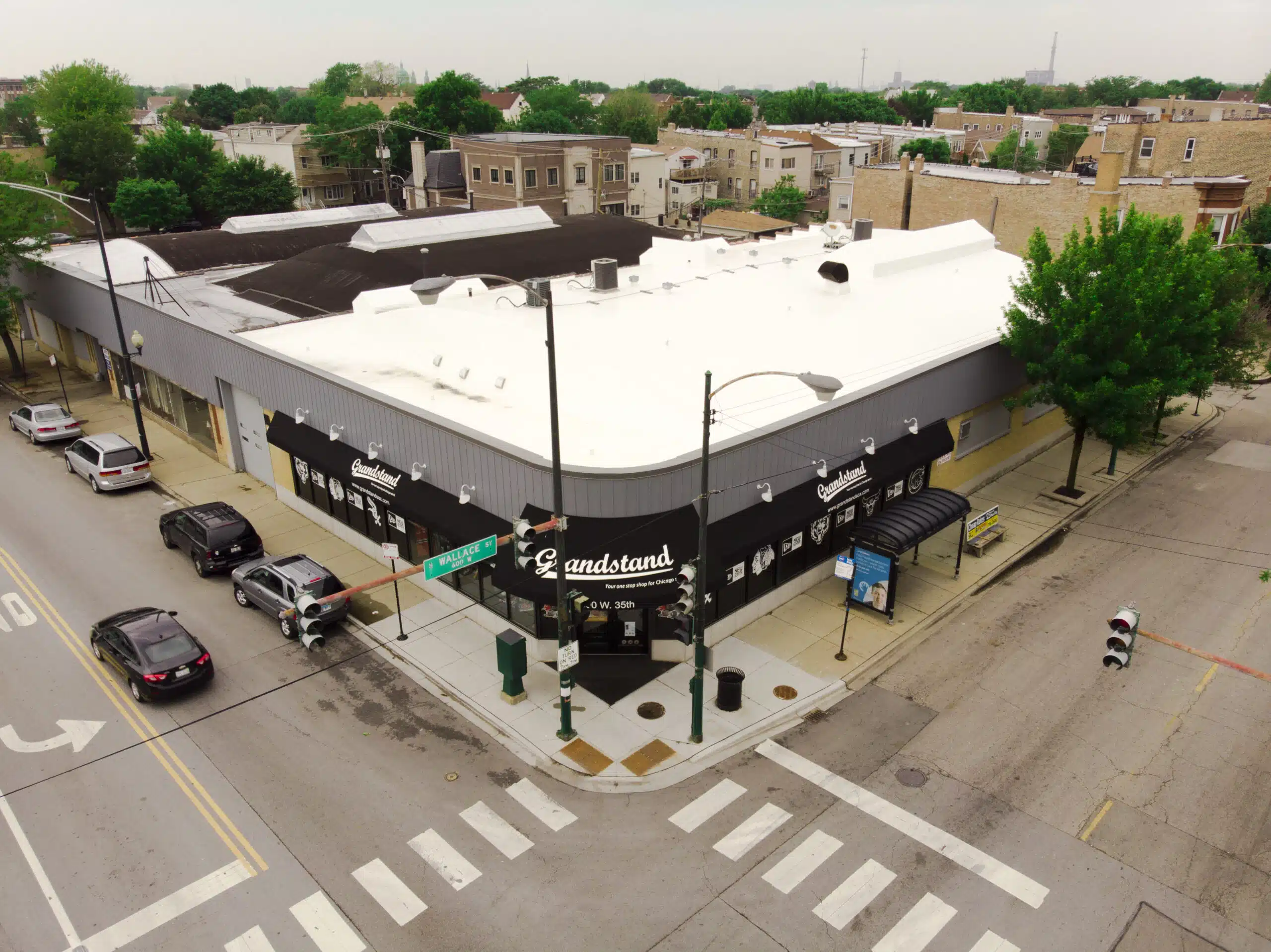Our Work
Our Featured Projects
Our featured projects consist of a handful of recently completed jobs. They include a range of services that we offer from roofing, to siding, chimneys, windows, and more.
Get a Quote
Our Work
Our featured projects consist of a handful of recently completed jobs. They include a range of services that we offer from roofing, to siding, chimneys, windows, and more.
Get a Quote